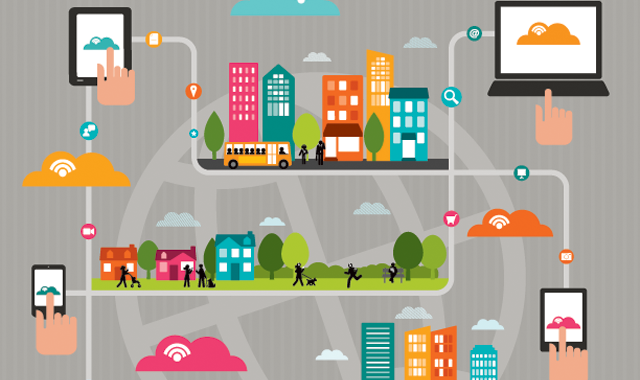How dental EHRs can streamline referral processes
Coordinating with outside specialists or referrals can be complicated and cumbersome-but EHRs could make it easier.

As I help groups and practices acquire electronic health records and “next-generation” software technology, we are increasingly looking at EHRs that have the capability to support electronic referral features.
It is becoming possible that, with a state-of-the-art EHR, while with the patient in the exam room, the provider could choose the specialist that needed to be seen, and send the referral along with the pertinent records for that referral.
In turn, the specialist, after completing his or her treatment of the patient, would note this on his or her electronic record and this information could be transferred back to the referring provider, effectively closing the loop on the referral and, at the same time, having all treatments documented from the referring provider to specialist and back. To summarize, here are a few of the features of EHR-based electronic referral networks:
1) The ability to send the referral electronically from within the patient’s chart while with the patient.
2) The ability to pick and choose the sections of the chart that are pertinent to the referral.
3) Automatic audit trail of referrals that were sent.
4) The ability for the specialists referring on the case to add their notes, examinations, procedures and treatments to the patient’s chart.
5) The ability for the EHR to recognize when the patient was seen by the specialist which, in some cases, could automatically trigger something else to be done.
6) If there is a patient web portal, then the patient would be able to access the referral information online.
7) The ability to communicate electronically between referring provider and specialist(s) without having to use email, which is not HIPAA compliant.
8) The ability to manage care within the care team, not just between consulting and referring dentists, but also between the patient’s medical providers, both practice and hospital, and dental providers
Related reading: The benefits of EHR in group practice
Dentists and hygienists have told me that many times when they make referrals out to a specialist, because this was all done manually, there is really no way to easily track if and when the patient saw the consulting provider, nor what the outcomes were that resulted from the referral visit (if in fact it took place). Phone calls and faxes are the standard communication between the consulting and referring offices, but in many cases this communication is poor, not timely, and information can either be left out or misplaced.
With EHRs, everything that happens to the patient would be in the common electronic record and all providers, both dental and medical, that worked on the patient could see this information. This is key in a growing concept called “The Medical Home,” which is being embraced in the medical world. This is the concept that the only way to efficiently treat a patient for issues when there are various providers involved or a care team is to make sure that all information coming out of each visit is accessible by the other providers on the care team.
Actually, this concept has been around for a while, but now with the advances in the EHR technology, health information exchange and interoperability, the technology can support this sharing of pertinent patient information between providers. Providers involved in the patient care team want to do business with other providers that can support the sharing of patient-care data electronically.
Trending article: How to ensure your email is HIPAA compliant
And when you add more efficiency to the whole process with a web-based patient portal, it is now possible to add HIPAA-compliant messages to the patient-accessible chart. So, when patients leave the office, even if they lose the information regarding the referral, they can just go online and all that information is at their fingertips.
From a customer-service standpoint, doesn’t your patient expect you to manage the whole process? Not being able to answer information regarding referrals and not showing your patient that you are always on top of things just doesn’t look good.
If you were a general dentist that had EHR, based on all the referral issues and solutions offered by EHR technology, who would you rather do business with? A specialist that you have to keep calling, waiting for return calls or faxes, just to find out what’s happening with your patient, or a specialist who uses EHR as well, and who you can communicate with efficiently on a timely basis, and share the care for your patient, that is made possible through the use of electronic records technology. Doing business with colleagues who are part of this technological network can also cut down on possible liabilities, especially when it comes to complex cases where there is a lot going on, as everyone is kept in the loop. So, it is both in the benefit of the general dentist and the specialist to communicate using EHRs
How Dentists Can Help Patients Navigate Unforeseen Dental Care
December 12th 2024Practices must equip patients with treatment information and discuss potential financing options before unexpected dental treatments become too big of an obstacle and to help them avoid the risk of more costly and invasive procedures in the future.
Product Bites – January 19, 2024
January 19th 2024Product Bites makes sure you don't miss the next innovation for your practice. This week's Product Bites podcast features new launches from Adravision, Formlabs, Owandy Radiology, Henry Schein Orthodontics, Dental Creations, and Dental Blue Box. [5 Minutes]